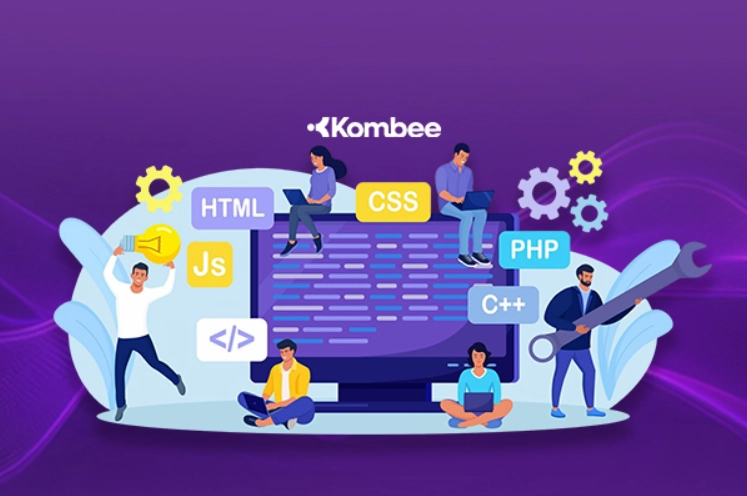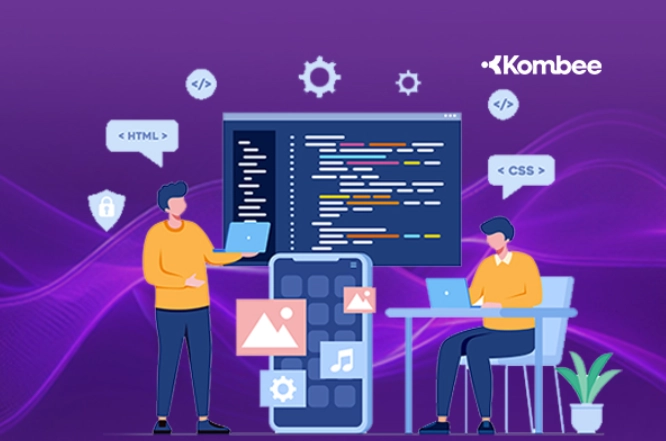Introduction
If you've ever written any code, you've likely encountered data types. At first glance, it might seem like a small detail, but understanding the role of types in programming is crucial to writing effective and error-free code. Whether you’re coding in JavaScript, Python, TypeScript, or any other language, types play a critical role in defining how data is stored, manipulated, and interpreted.
In this blog post, we’ll look at why types matter in programming and how they impact the behavior of your code. Let’s dive into the reasons why using the correct data types can help you write cleaner, more efficient, and reliable software.
1. Types Define the Nature of Data
At the core of every programming language, data types define what kind of data a variable can hold. Whether it’s a string, number, boolean, or more complex structures like objects and arrays, data types tell the language how to treat the data.
For example:
- Numbers are used in mathematical operations and can represent quantities or measurements.
- Strings are sequences of text that can be manipulated, concatenated, or split.
- Booleans represent truth values (true or false) that are often used for decision-making in programs.
Understanding the different types helps you use data correctly. Without this understanding, the program might misbehave or crash.
2. Types Ensure Correct Operations
One of the most important roles of data types is to ensure that operations are performed correctly. For instance, you can’t add a string to a number or perform mathematical operations on non-numeric data.
If you tried to add a number and a string together without the proper handling, you might accidentally combine them as text (concatenate them) instead of performing arithmetic operations. This can lead to unexpected behavior and bugs in your program.
In strongly-typed languages (like TypeScript), the type system helps prevent such errors by enforcing rules about which operations are allowed with which types. If you try to mix incompatible types, the language will throw an error, helping you catch potential bugs early in development.
3. Types Improve Code Readability and Maintainability
When you specify types for your variables, functions, and objects, your code becomes more self-documenting. Types help other developers (or even your future self) understand the kind of data a variable holds without needing to inspect the entire codebase.
For example, if you define that a function accepts a string and returns a string, it’s immediately clear what kind of data is expected and what will be returned, without needing to look at the function's implementation. This makes the code easier to read, understand, and maintain.
By using types consistently, you reduce the chances of confusion or mistakes. It’s especially helpful in larger projects or when multiple developers are working on the same codebase. Types provide a common understanding of how data is used and structured.
4. Types Catch Errors Early
One of the biggest benefits of types is their ability to catch errors at compile-time (in statically typed languages) or early in the development process (in dynamically typed languages with type inference tools like TypeScript).
For example, in JavaScript (a dynamically typed language), you might accidentally assign a number where a string is expected, leading to runtime errors. This might not show up until the program is running and can be harder to debug.
In TypeScript, however, the compiler will catch the type mismatch at compile time, preventing potential issues before the program even runs. This early error detection helps you avoid bugs and improve code quality.
By catching these errors early, types save you time and effort spent debugging runtime issues.
5. Types Enable Better Tooling and Autocompletion
When you use typed languages (such as TypeScript, Java, or C#), development tools can take advantage of the type system to provide better features, like:
- Autocompletion: Your editor can predict the values and methods available for a variable based on its type.
- Type Inference: Many languages can infer the type of a variable even if you don’t explicitly define it.
- Refactoring Tools: Tools can help you safely rename or change types without introducing errors.
For instance, if you define a variable as a string, your development environment can suggest string-related methods and properties, like .length, .toUpperCase(), or .split(). This enhances your workflow and productivity by providing helpful suggestions and reducing the chances of making mistakes.
6. Types Help with Performance Optimization
Types can also help optimize performance. While this is more relevant to compiled languages like C or Rust, it also applies to languages with static typing or type inference (like Go or TypeScript).
In languages with a type system, the compiler or interpreter can generate more efficient code because it knows the exact nature of the data. For example, the compiler might optimize memory usage for integer values or inline certain operations for constant values.
In dynamically typed languages like JavaScript, the engine spends extra cycles inferring the type of a variable, which can add overhead. In contrast, TypeScript and Go (with their static type systems) can optimize performance more effectively during compilation.
By understanding and using types correctly, you can write code that runs more efficiently and can scale better in larger applications.
7. Types Enable Better Collaboration in Teams
When working on large projects with multiple developers, types help ensure that everyone understands the structure of data across different parts of the application. For instance:
- Developers can agree on what data is passed into a function and what data is returned.
- APIs or services can define clear input/output types for consistency.
- Documentation generated from types can act as a living reference, making it easier to onboard new team members.
By defining the structure of the data (such as an object with a name, email, and age), developers can ensure consistency in how data is used and manipulated across different parts of the application. This is especially useful when teams are working on different parts of the system or when integrating third-party libraries and services.
Conclusion
In programming, types are much more than just a technical detail; they are a core part of writing clean, efficient, and reliable software. Whether you’re working in a dynamically-typed language like JavaScript or a statically-typed language like TypeScript, understanding how to properly use types can:
- Prevent errors
- Improve code readability and maintainability
- Enhance performance
- Streamline collaboration in teams
While dynamically-typed languages offer flexibility, typed languages offer predictability and stability, which are crucial in larger projects. By understanding and leveraging the power of types, you’ll not only write better code but also become a more efficient and effective programmer.
Happy coding!
Frequently Asked Question
Q1. Why are data types important in programming?
Data types define how data is stored, interpreted, and used in a program. They help prevent errors, improve readability, optimize performance, and make collaboration easier across development teams.
Q2. How do types help in catching errors early?
In statically typed languages like TypeScript, the compiler detects mismatched or invalid types before the code runs, preventing runtime crashes. Even in dynamically typed languages, type inference tools can highlight issues during development.
Q3. Do types improve performance in programming?
Yes. By knowing the exact nature of data, compilers can optimize memory allocation and execution speed. Typed systems reduce overhead from type inference at runtime, making programs more efficient and scalable.






